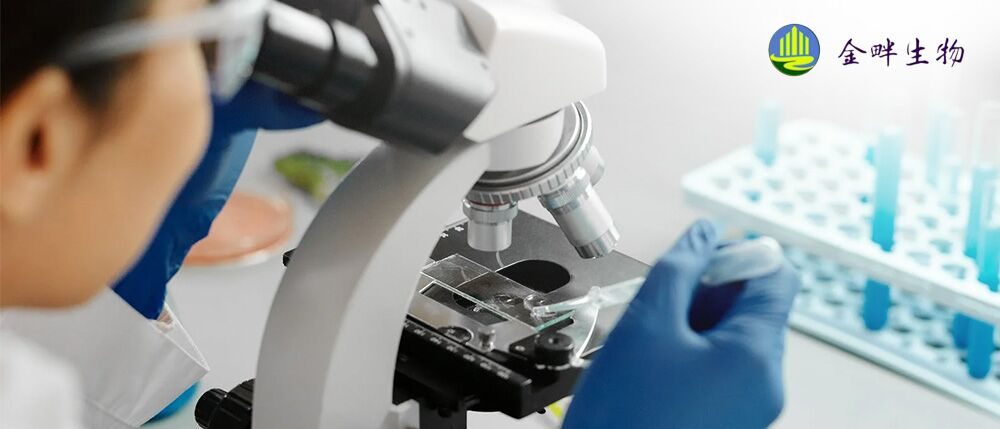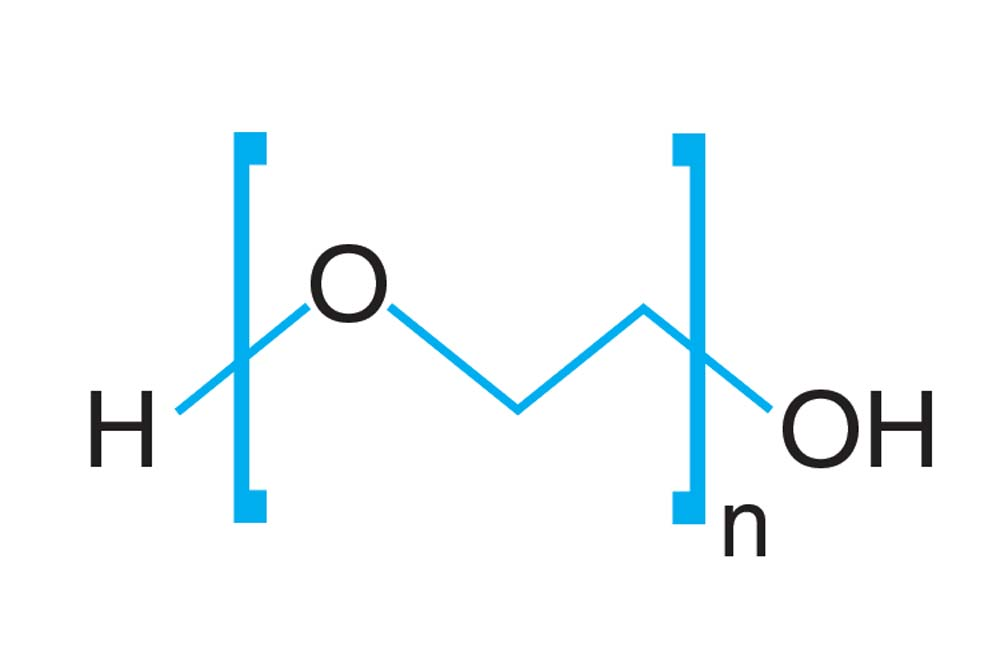Hampton GRAS 5 • GRAS 6 Screens
Applications
 GRAS reagent crystallization screen for proteins, including monoclonal antibodies, where Polyethylene glycol is the primary reagent, sampling pH 4.5 to 10
GRAS reagent crystallization screen for proteins, including monoclonal antibodies, where Polyethylene glycol is the primary reagent, sampling pH 4.5 to 10
. Identify GRAS based reagents that promote crystallization of biotherapeutics for bioprocess, bioformulation, and continuous flow manufacturing applications
Identify GRAS based reagents that promote crystallization of biotherapeutics for bioprocess, bioformulation, and continuous flow manufacturing applications
Features
| Developed at Hampton Research | ||
| Generally Recognized As Safe reagent formulation | ||
| Samples pH 4.5 to 10; 8 unique buffers | ||
Primary crystallization reagent:
|
||
| Vapor diffusion, microbatch, free interface diffusion | ||
| Reagents soluble between 4°C and 30°C |
Description
GRAS Screen™ 5 and 6 were developed by Hampton Research for the crystallization of proteins, including monoclonal antibodies. Each of the chemicals in GRAS Screen 5 and 6 has been used under one or more of the following categories. As (1) a Generally Recognized As Safe (GRAS) substance, (2) a pharmaceutical excipient, (3) a normal physiological constituent, (4) a metabolic byproduct, and/or (5) a Everything Added to Food in the United States (EAFUS) substance.
GRAS Screen 5 samples four low molecular weight Polyethylene glycols (300, 400, MME 550, and 600) at three concentrations versus eight unique buffers encompassing pH 4.5 to 10. GRAS Screen 5 is supplied in a 96 Deep Well block format and is compatible with robotic and multi-channel pipet liquid handling systems. GRAS Screen 5 is compatible with vapor diffusion, free interface diffusion, and microbatch crystallization methods. For research use only.
GRAS Screen 6 samples four medium molecular weight Polyethylene glycols (1,000, MME 2,000, 3,350, & 4,000) at three concentrations versus eight unique buffers encompassing pH 4.5 to 10. GRAS Screen 6 is supplied in a 96 Deep Well block format and is compatible with robotic and multi-channel pipet liquid handling systems. GRAS Screen 6 is compatible with vapor diffusion, free interface diffusion, and microbatch crystallization methods. For research use only.





